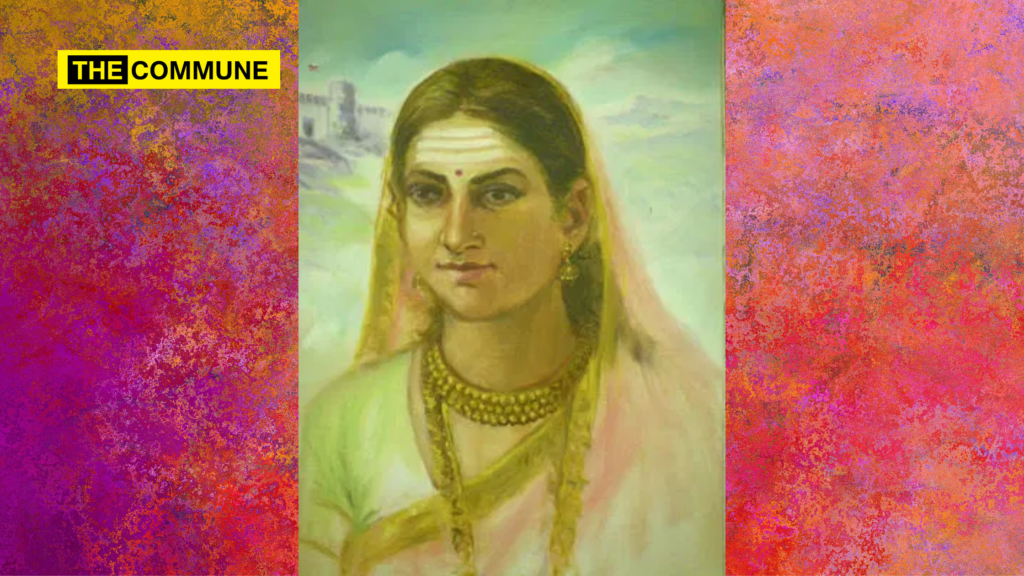Our nation’s struggle for freedom had started long before the birth of Indian National Congress; or for that matter even before the popularly known First War of Indian Independence that took place in 1857.
Here are a few of the earliest patriots who fought against the foreign rule:
Maveeran Alagumuthu Kone 1750-59;
Tilka Mahji: 1784-1785;
Puli Thevar: 1759-1761;
Veeramangai Velu Nachiar 1780-90;
Pazhassi Raja: 1793-1805;
Tirot Sing: 1833-1835;
Kittur Chennamma: 1816-1824;
Velu Thampi: 1808-1809;
It is a revelation worth recording that Tilka Majhi was one of the earliest Indian freedom fighter and the first Adivasi leader from Santal Community. He took up arms against the British in the 1784, around seven decades before Mangal Pandey. He organized the Adivasis to form an armed group to fight against the British.
It is imperative that, in order to inculcate the spirit of patriotism in our progeny, we should pass on to them the complete and comprehensive information about all the selfless, faceless heroes and heroines who had sacrificed their fortunes, possessions and lives for the sake of our motherland. While some of them are locally recognised and reverentially remembered, most of them are unknown on a pan-India scale, inasmuch our history books glorify only a fortunate few and leave all the others to fade into oblivion.
Now, let us know a little about Rani Kittur Chennamma, who was hailed by our respectful President during her inaugural speech, along with Rani Lakshmi Bai, Rani Velu Nachiar, Rani Gaidinliu.
Kittur Chennamma was born on October 23, 1778, in Kakati, a small village in the present Belagavi District of Karnataka in a Lingayat family. She received training in horse riding, sword fighting and archery from a young age and became quite famous in her village for her bravery.
At the age of 15, she was married to Mallasarja Desai, the king of Kittur, and became the queen. She had one son from the marriage, who after the death of her husband in 1816, also died in 1824. As the queen of Kittur, she raised Shivalingarudra Sarja, her step-son as her own to succeed the town after Mallasarja.
Unfortunately, Shivalingarudra Sarja also died due to deteriorating health, after which the throne was laid empty again. Applying the ‘Doctrine of Lapse’, St John Thackeray, who was working for the British East India Company attempted taking control over the kingdom of Kittur.
Chennamma’s declaration of Shivalingappa to be the rightful heir to the throne was a direct confrontation of the British challenging the Doctrine of Lapse, thus triggering the British to launch an attack on Kittur. Unfazed by this, she sent a letter to Lord Elphinstone, the then Governor of the Bombay Presidency, who obviously turned it down. This was followed by demands to surrender her kingdom, as well as the vehement refusal of the British to accept Chennamma as the ruler which eventually led to the break out of a war.
Competent in warfare right from her early days, she outmatched the mighty British force with deftness and dexterity.
The British attempted to carry out a rampage in Kittur with a force of 20,000 men and artilleries mainly from the third troop of the Madras Native Horse Artillery. They tried to pillage Kittur’s treasures and jewels, valued around ₹15 lakh but were unsuccessful.
In the first round of war, during October 1824, the British forces lost heavily. St John Thackeray, Collector and political agent, was killed in the war. Amatur Balappa, a lieutenant of Chennamma, was mainly responsible for his killing and losses to British forces.
Two British officers, Walter Elliot and Stevenson were taken as hostages. Rani Chennamma released them after a promise from the British that they would end the war. But English men being English men, they cheated her and re-started the war.
The monstrous British, equipped with forces on a colossal scale, attacked again and this time the tiny army of Kittur Chennamma could not withstand the brutal onslaught. The second war was fought for 12 days by Chennamma and her allies. During the second assault, Munro, the Sub Collector of Solapur who was also the nephew of Thomas Munro was killed. Chennamma was also helped by her lieutenant Gurusiddappa in the war against the British.
Like in every battle, two soldiers of her own army Mallappa Shetty and Vankata Rao turned out to be traitors. They had mixed mud and cow dung in the gun powder of the canons. She got defeated and was imprisoned.
Throughout her imprisonment Chennamma spent her time reading Hindu scriptures and performing pooja.
Every year, the Kittur Utsava is celebrated during the month of October to commemorate her first victory against the British forces.
Even though our history pages have failed to recognize Kittur Chennamma, she remains alive as an inspirational woman through local legends and folklore.

